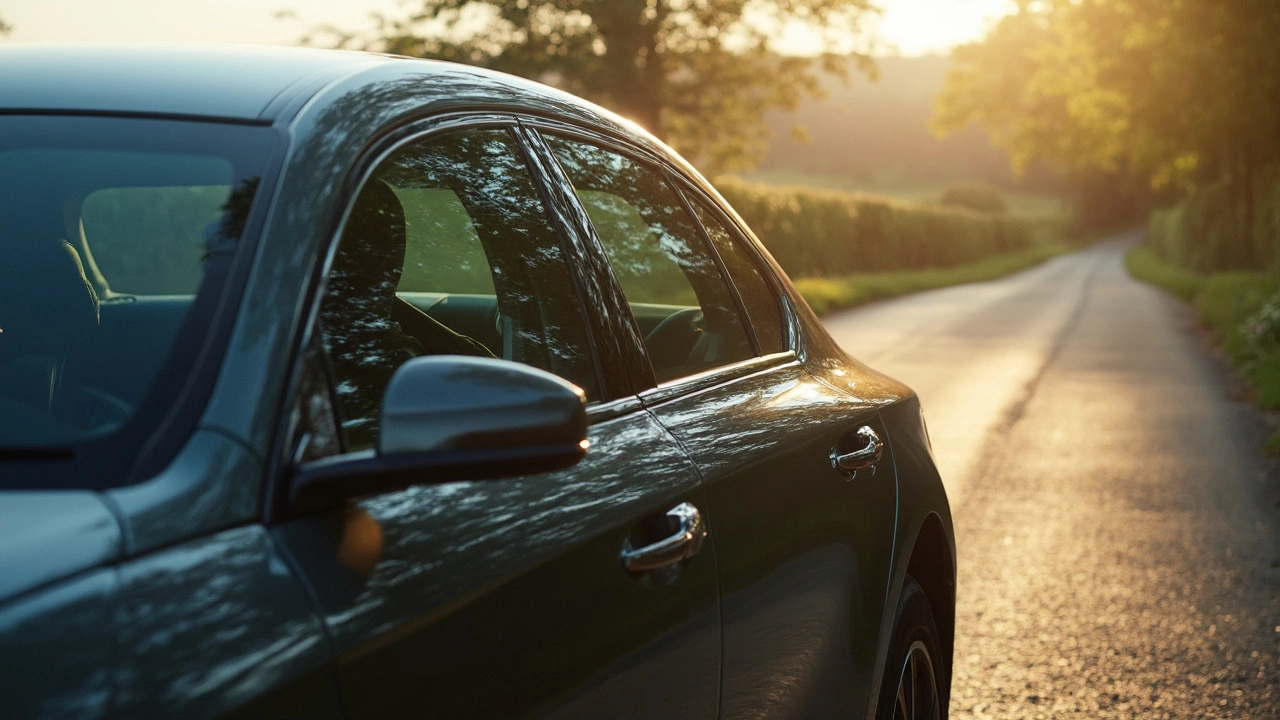70 Tint: What It Means and Why It Might Be Right for Your Car
If you’ve walked past a car with dark windows and wondered how much shade is in there, you’re probably looking at a 70% tint. In plain English, 70% tint lets 70% of light through and blocks the rest. That means the windows stay fairly light, but you still get a noticeable privacy boost and a little cooler cabin on sunny days.
People choose 70% tint for a mix of style and practicality. It’s not as dark as a 35% or a 20% wrap, so you won’t run into the strictest UK laws that ban very dark glass on front windows. It also keeps the interior from heating up too fast, which can make a big difference if you live somewhere that gets a lot of sunshine.
What Is 70% Tint and How Does It Perform?
At 70% tint, the glass still looks mostly clear, so you can see out without straining your eyes. Inside, the view is darker, giving you a bit of seclusion without making the cabin feel a cave. The heat‑blocking factor is modest—expect about a 15‑20% reduction in solar heat compared to clear glass. That’s enough to keep the air‑conditioning from working overtime on a mild day.
Because the film isn’t super thick, it’s easier to install and generally less expensive than darker options. It also tends to stay clearer longer; the lighter shade shows fewer scratches and discoloration over time.
Choosing and Installing the Right 70 Tint for Your Car
The first thing to check is the legal limit for your region. In the UK, front side windows must let at least 70% of light in, which means a true 70% tint sits right at the border. Rear windows can go darker, so you could opt for a stronger shade there if you want more privacy.
When you shop for film, look for a reputable brand that offers UV protection. UV blockers keep the dashboard from fading and protect passengers from harmful rays. Ceramic‑based films give better heat rejection without the metallic look that can interfere with radio signals.
Installation is best left to professionals. A clean, bubble‑free finish needs a dust‑free environment and proper tools. If you decide to DIY, make sure the surface is thoroughly cleaned, use a spray bottle with a mix of water and a few drops of baby shampoo, and work slowly to avoid creases.
After the tint is on, care matters. Wash the windows with a soft mitt and mild soap—no abrasive pads or ammonia‑based cleaners. The film will last longer if you avoid harsh chemicals and trim excess film around the edges.
In short, 70% tint hits a sweet spot between legal compliance, privacy, and modest heat reduction. It’s a good entry point if you want a subtle look without breaking the bank or risking a fine. Pick a film with UV protection, get it installed right, and treat it gently—your car will thank you with a cooler, more private ride for years to come.
Wondering how 70 tint looks on car windows? Here’s a deep dive into its appearance, benefits, and practical tips for choosing the right window tint for your ride.

